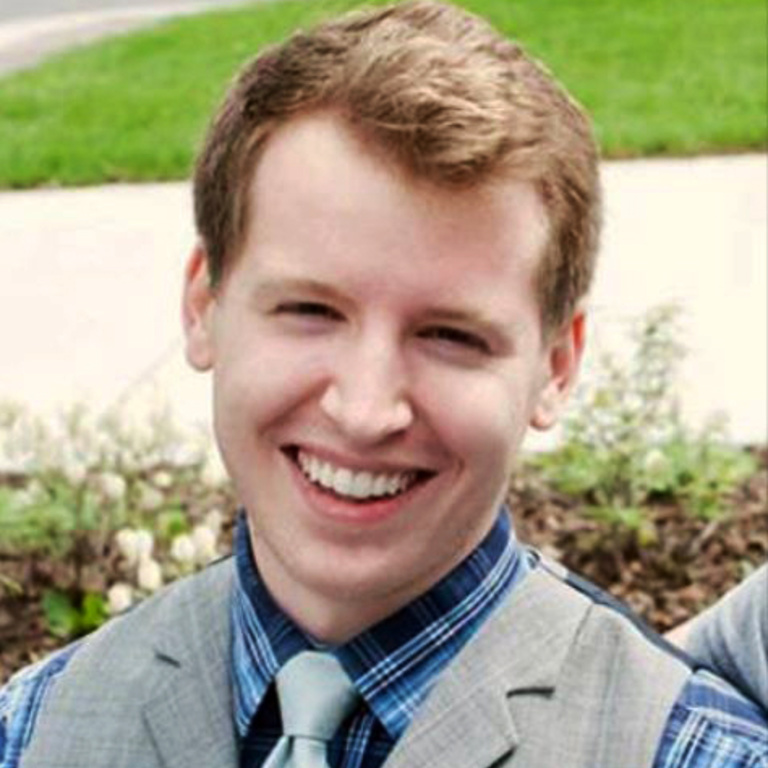Chris Apfelbach
Research Focus
My research explores the physiological underpinnings of vocal effort and fatigue—symptoms that have a dramatic impact on people for whom voice is an essential occupational tool. Using techniques from exercise, neuromuscular, and metabolic physiology, I aim first to create assessments that identify individuals at risk for developing vocal effort and fatigue, then to design individualized exercise training plans to help those individuals foster resilience in the face of exceptional vocal demands.
My dissertation research, funded by F31DC020362 from the National Institute for Deafness and Other Communication Disorders (NIDCD) and completed at the University of Delaware (co-advisors, Katherine Verdolini Abbott and Mary Sandage), validated a new exercise task for studying how vocal fatigue develops in a 30-minute bout of high-intensity vocal exertion. Future work will utilize electromyographic and positron emission tomography techniques to study motor unit and metabolic activity in the musculature of the speech chain during and after exercise.
Selected Publications
- Apfelbach, C. S., Sandage, M. J., & Verdolini Abbott, K. (In Submission). Design and Creation of the Fluid Interval Test for Voice: A Novel Vocal Loading Task. Journal of Voice.
- Desjardins, M., Apfelbach, C. S., Rubino, M., & Verdolini Abbott, K. (2022). Integrative Review and Framework of Suggested Mechanisms in Primary Muscle Tension Dysphonia. Journal of Speech, Language, and Hearing Research. https://doi.org/10.1044/2022_JSLHR-21-00575
- Apfelbach, C. S., & Guzmán, M. (2021). Acoustic, Aerodynamic, Morphometric, and Perceptual Changes During and After Semi-Occluded Vocal Tract Exercise: An Integrative Review. Journal of Voice. https://doi.org/10.1016/j.jvoice.2021.09.031
- Apfelbach, C. S. (2020). Tessa: A Novel MATLAB Program for Automated Tessitura Analysis. Journal of Voice. https://doi.org/10.1016/j.jvoice.2020.07.039
Areas of Interest
- Vocal effort and vocal fatigue
- Occupational voice users and voice ergonomics
- Models of exercise assessment and training
- Motor unit function in the speech chain
- Metabolic function in the speech chain
